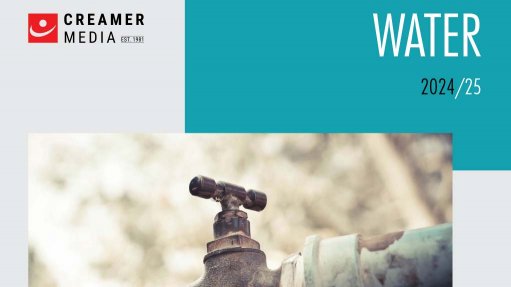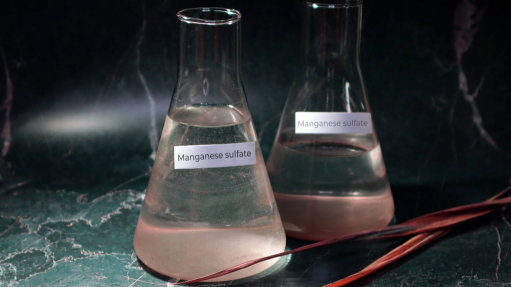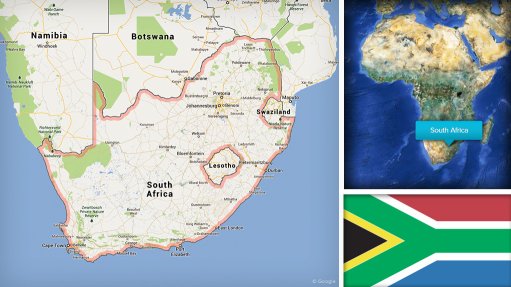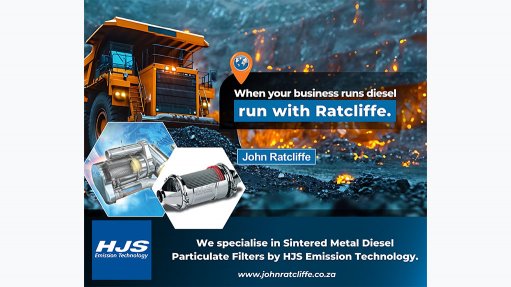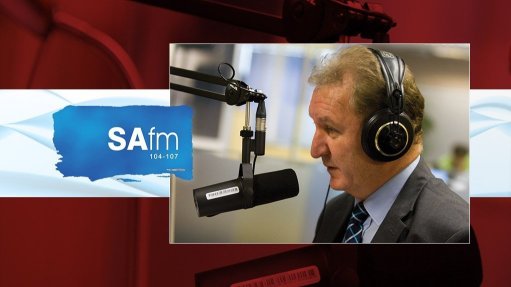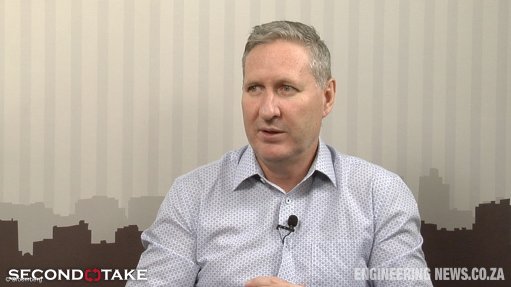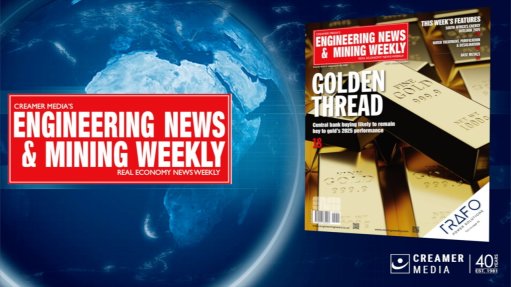Airbus Foundation to support unique Southern Ocean research programme
The Airbus Foundation, the Europe-based global major aerospace and defence group’s philanthropic agency, reported on Monday that it had signed an agreement to support the scientific programme and operational phase of the Polar POD maritime expedition. Polar POD is an initiative of renowned French scientist and explorer Dr Jean-Louis Etienne, and is focused on the Southern Ocean, which surrounds the Antarctic.
The Polar POD itself is a floating research platform, designed to be very stable and to be able to withstand the strongest of storms and the highest of waves. It will be placed within the Antarctic Circumpolar Current, which will carry it around that continent at an average speed of one knot (or 1.8 km/h), varying between the latitudes of 50 ° S and 55 ° S (known as the “Furious Fifties”).
“Polar POD will explore the Southern Ocean, which has the world’s largest ocean data gap,” highlighted Etienne. “Severely under-sampled by traditional methods, we have designed the Polar POD: a floating inhabited laboratory that can withstand the severe conditions of the ‘Furious Fifties’ all year round.”
It should take about 24 months to complete a full circumnavigation of Antarctica, which would involve a distance of 24 000 km. Its course will most certainly not be a straight one, due to the existence of adverse winds and currents along its route. It is, however, equipped with a limited self-propulsion capability (sails and a propellor) to allow it to avoid icebergs and minimise the effects of those adverse winds and currents, when they are encountered.
“We are honoured to support this major oceanographic initiative by providing access to Airbus’ products and services,” affirmed Airbus Foundation MD Rachel Schroeder. “The research being undertaken by the Polar POD expedition aims to help mitigate the impact of climate change and to restore damaged ecosystems.”
Airbus support will include higher-resolution imagery from its optical and radar Earth observation satellites, as well as high-speed data (including video) and voice communications via its telecommunications satellites. “The Foundation and Polar POD teams will work side-by-side to successfully implement this extraordinary mission and tackle the important scientific and technological challenge together,” she added.
The Polar POD is of most unusual, but not quite unique design, as it is inspired by the American FLIP oceanographic research platform, which has been operating for some 60 years now. Like FLIP, Polar POD will be towed to its operating area in horizontal configuration and then, again like FLIP, raised into its operational vertical configuration by the flooding of ballast tanks. In horizontal mode, Polar POD has a length of 100.58 m. When raised into vertical mode, 75 m of that length is below the water line. That great draught means that it is very stable. The ballast at the bottom (when it is vertical) weighs 150 t; the platform has a total weight of 1 000 t. Most of its length comprises an open steel lattice, the individual elements of which vary in thickness from 3.81 cm to 5.08 cm.
At the top (when vertical) is the gondola, which contains the control, research and accommodation spaces. The platform receives electrical power from wind turbines and photovoltaic (solar) cells, with storage and back-up provided by two lithium battery packs, each with a capacity of 50 kWh. The gondola can accommodate eight people for six months. At the end of each six-month period, the platform will be resupplied and the crew rotated.
“This huge circumpolar ocean is the largest oceanic carbon sink on Earth; climate models have an urgent need for this uptake of CO2,“ explained Etienne. “The Southern Ocean, which links the Atlantic, Indian and Pacific waters, is an immense reservoir of marine biodiversity. Polar POD, a silent platform, is a unique opportunity to make an acoustic census of marine life. The resulting data will be shared by scientific institutions worldwide, and available for collaboration educational projects. Thank you to the Airbus Foundation for contributing to this unprecedented and long-awaited maritime exploration.”
Comments
Press Office
Announcements
What's On
Subscribe to improve your user experience...
Option 1 (equivalent of R125 a month):
Receive a weekly copy of Creamer Media's Engineering News & Mining Weekly magazine
(print copy for those in South Africa and e-magazine for those outside of South Africa)
Receive daily email newsletters
Access to full search results
Access archive of magazine back copies
Access to Projects in Progress
Access to ONE Research Report of your choice in PDF format
Option 2 (equivalent of R375 a month):
All benefits from Option 1
PLUS
Access to Creamer Media's Research Channel Africa for ALL Research Reports, in PDF format, on various industrial and mining sectors
including Electricity; Water; Energy Transition; Hydrogen; Roads, Rail and Ports; Coal; Gold; Platinum; Battery Metals; etc.
Already a subscriber?
Forgotten your password?
Receive weekly copy of Creamer Media's Engineering News & Mining Weekly magazine (print copy for those in South Africa and e-magazine for those outside of South Africa)
➕
Recieve daily email newsletters
➕
Access to full search results
➕
Access archive of magazine back copies
➕
Access to Projects in Progress
➕
Access to ONE Research Report of your choice in PDF format
RESEARCH CHANNEL AFRICA
R4500 (equivalent of R375 a month)
SUBSCRIBEAll benefits from Option 1
➕
Access to Creamer Media's Research Channel Africa for ALL Research Reports on various industrial and mining sectors, in PDF format, including on:
Electricity
➕
Water
➕
Energy Transition
➕
Hydrogen
➕
Roads, Rail and Ports
➕
Coal
➕
Gold
➕
Platinum
➕
Battery Metals
➕
etc.
Receive all benefits from Option 1 or Option 2 delivered to numerous people at your company
➕
Multiple User names and Passwords for simultaneous log-ins
➕
Intranet integration access to all in your organisation





